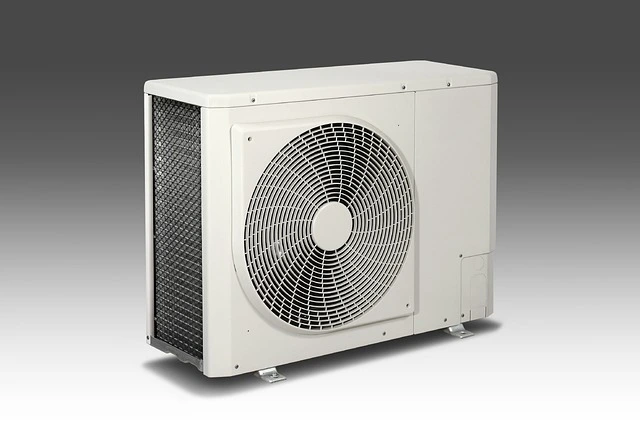When it comes to keeping your home cool, understanding your home’s cooling load is essential. The cooling load refers to the amount of heat your home gains during a hot day, and it’s the basis for determining the size of air conditioning equipment needed to cool your home effectively.
Estimating your home’s cooling load may seem like a daunting task, but it’s easier than you think. Here are some steps to help you estimate your home’s cooling load:
Step 1: Determine Your Home’s Square Footage
The first step in estimating your home’s cooling load is to determine its square footage. The square footage of your home is the area of the floor space that needs to be cooled. You can find the square footage of your home by measuring the length and width of each room and multiplying them together. Once you have measured all of the rooms, add up the square footage of each room to determine the total square footage of your home.
Step 2: Consider the Orientation of Your Home
The orientation of your home is an essential factor in estimating your home’s cooling load. The orientation of your home affects the amount of sunlight that enters your home during the day, which can significantly impact the cooling load. Homes that face south or west are exposed to more direct sunlight and will have a higher cooling load than homes that face north or east.
Step 3: Evaluate Your Home’s Insulation
The level of insulation in your home is another critical factor in estimating your home’s cooling load. Insulation helps to reduce the amount of heat that enters your home during the day and keeps the cool air inside. Homes with poor insulation will have a higher cooling load than homes with excellent insulation.
Step 4: Assess Your Home’s Windows
The type and size of your home’s windows are also crucial in estimating your home’s cooling load. Windows that are single-pane or poorly insulated will allow more heat to enter your home during the day and will increase your cooling load. Similarly, larger windows will also increase your cooling load.
Step 5: Account for Heat-Producing Appliances and Electronics
Another essential factor to consider when estimating your home’s cooling load is the heat-producing appliances and electronics in your home. Appliances such as refrigerators, ovens, and dishwashers, as well as electronics like televisions and computers, all generate heat and contribute to your home’s cooling load.
Step 6: Calculate Your Home’s Cooling Load
Once you have taken all of these factors into account, you can begin to calculate your home’s cooling load. There are several methods to calculate your home’s cooling load, including the Manual J method, which is the most widely used method by HVAC professionals.
The Manual J method takes into account all of the factors we’ve discussed and uses detailed calculations to determine the exact cooling load of your home. However, it can be a complex process and may require the help of an HVAC professional.
Alternatively, you can use an online cooling load calculator, which can provide you with an estimate of your home’s cooling load based on your inputs. While these calculators may not be as accurate as the Manual J method, they can still give you a good idea of the size of the air conditioning unit needed to cool your home effectively.
In conclusion, estimating your home’s cooling load is an important step in selecting the right air conditioning equipment for your home. By considering the factors we’ve discussed, you can get a good idea of your home’s cooling load and make an informed decision when it comes to choosing the right air conditioning system. Remember, if you’re unsure about any aspect of estimating your home’s cooling load, don’t hesitate to contact an HVAC professional for assistance.



